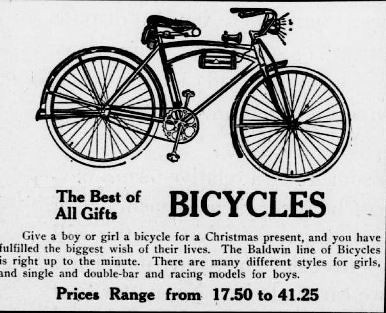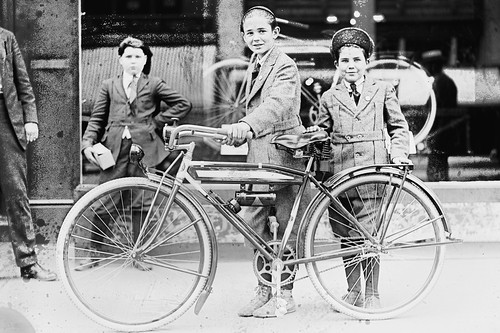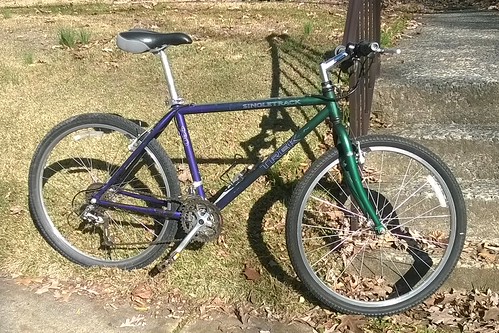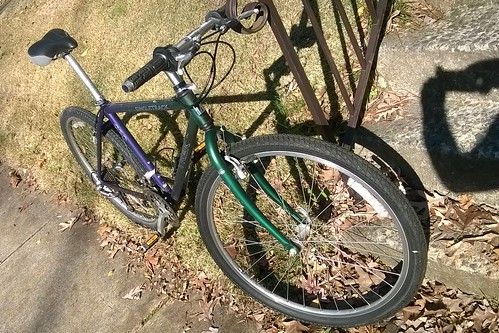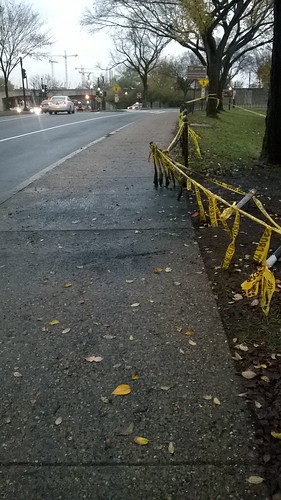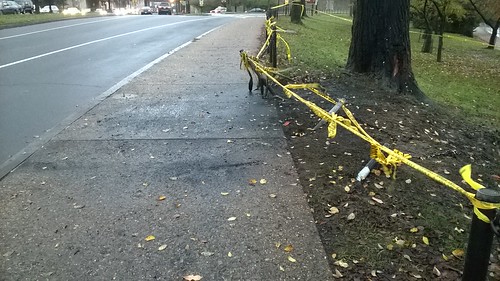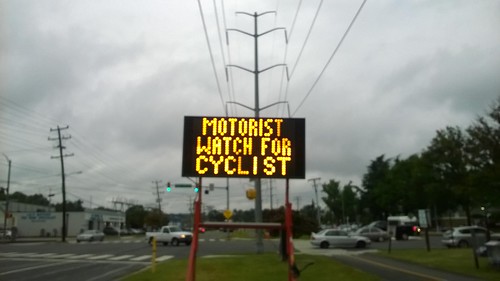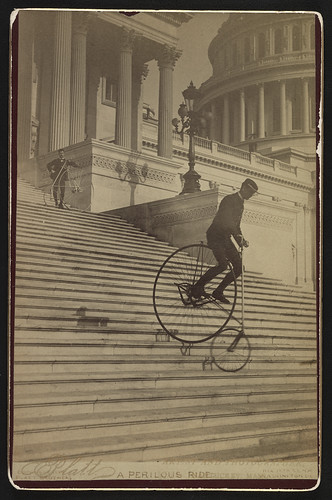 "A Perilous Ride" - riding a bike down the U.S. Capitol Steps in 1884
"A Perilous Ride" - riding a bike down the U.S. Capitol Steps in 1884
From the Library of Congress:
Title: A perilous ride / Platt Brothers, artist and photographer, 1116 12th St., N.W., Washington, D.C.
Date Created/Published: [Washington, D.C.] : [Platt Brothers] [1884]
Medium: 1 photograph : albumen print on card mount ; mount 17 x 11 cm (cabinet photograph format)
Summary: Photograph shows a man riding a bicycle down the steps of the U.S. Capitol as another man with a bicycle waits at the top.
http://www.loc.gov/pictures/item/2015650776/
Earlier the only image available online was a digitized B&W copy negative - that is, someone made a copy of the printed photograph and then digitized the negative. This is a reasonably high resolution image produced directly from the print. You can make out more details. (Click on the photograph above and you go to Flickr and you can zoom in from there.)
There are several unusual aspects to this bicycle. Unlike the usual "penny farthing" of the time, the smaller wheel was in front, not in back. Also, it did not rely on pedals attached to the center of the wheel but used a treadle system. As it happens, Wikipedia has
an article about this model of bicycle, the "American Star Bicycle" and uses this very photograph in the article - but the older, B&W one.
The Library of Congress believes the photo dates from 1884 (which is why 1884 is in brackets; it wasn't printed on the photograph, apparently or it would be without brackets) but the Wikipedia article says 1885. Well, close enough.
A possible rationale for this photo is that even for an experience rider, this stunt would have been impossible I think on a penny farthing, which would have plunged forward over the large front wheel. So this is demonstrating that attribute of this book.
I'm pretty sure the Capitol Police would not allow you to ride a bike up and down the Capitol steps now. . .
